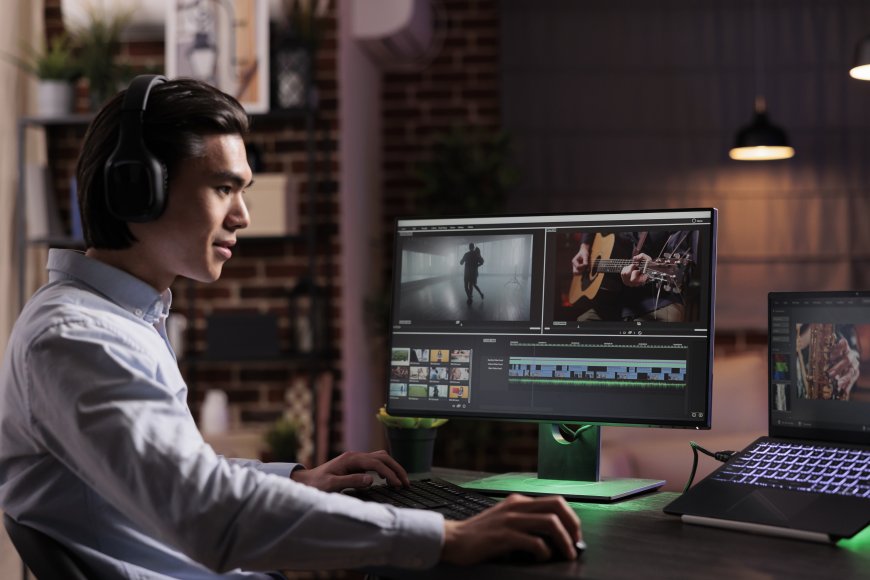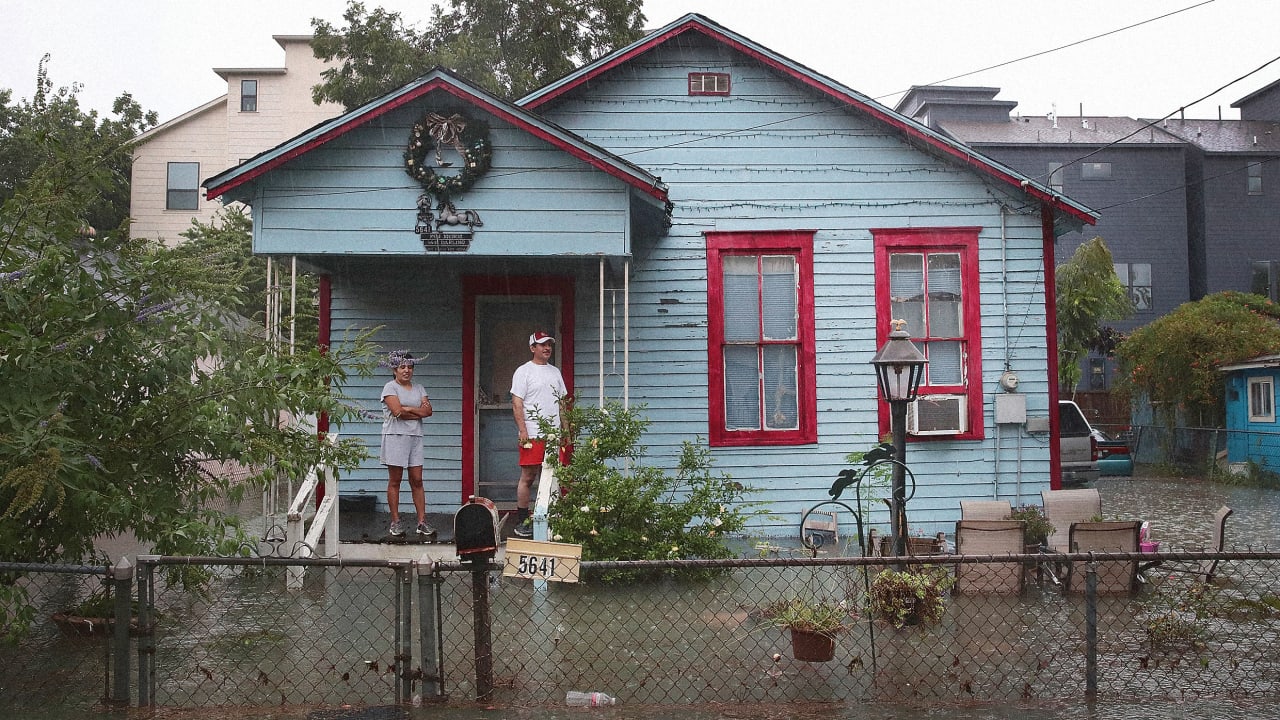Narrative Mastery Through Advanced Video Editing
In the digital age, storytelling has taken on new forms, with video emerging as one of the most powerful mediums for narrative expression.

In the digital age, storytelling has taken on new forms, with video emerging as one of the most powerful mediums for narrative expression. Whether in film, advertising, documentaries, or social media content, the ability to tell compelling stories through video is an art — and advanced video editing is its master key. This article explores how advanced video editing techniques elevate storytelling, enabling creators to craft narratives that captivate, move, and inspire audiences.
Short courses college are the fastest way to upgrade your skills, boost your career, or explore a new passion all without the long-term commitment of a full degree.
1.The Power of Narrative in Video
Before diving into editing techniques, it’s essential to understand why narrative is so crucial in video. At its core, a narrative is a structured sequence of events that conveys meaning or emotions. Humans are naturally wired to respond to stories — they help us make sense of the world, connect emotionally, and remember information.
Video, combining visuals, sound, and motion, offers a multi-sensory storytelling platform. But raw footage alone cannot guarantee a gripping story. The editor's role is pivotal — to weave disparate clips into a coherent, emotionally resonant narrative that guides viewers through a meaningful journey.
2.What is Advanced Video Editing?
Advanced video editing transcends basic cut-and-join techniques. It involves sophisticated manipulation of visuals, sound, pacing, and effects to shape the viewer’s experience. This includes:
·
Complex transitions and layering
·
·
Color grading and correction
·
·
Sound design and mixing
·
·
Motion graphics and visual effects (VFX)
·
·
Rhythmic pacing and montage
When wielded skillfully, these tools do not just decorate a story; they become integral narrative devices.
Note: advanced video editing techniques are the cutting-edge tools and methods that transform raw footage into captivating, professional-quality videos.
3.Building Blocks of Narrative Mastery in Editing
1. Structuring the Story
Every story has a structure—beginning, middle, and end—that editors help shape by arranging scenes in a purposeful sequence. Advanced editors understand narrative arcs and dramatic tension, ensuring that each cut advances the plot or deepens character development.
For example, editors use techniques like cross-cutting (alternating between two scenes happening simultaneously) to build suspense, or jump cuts to reflect a character’s fragmented state of mind. Mastery over these tools allows editors to sculpt time and space to serve the story.
2. Controlling Pacing and Rhythm
Pacing is the tempo of the story—how quickly or slowly it unfolds. Advanced video editing uses timing to evoke emotional responses:
·
Fast cuts can heighten excitement or anxiety.
·
·
Slow fades and longer takes invite contemplation or sadness.
·
Editors often use montage sequences—a rapid succession of shots—to compress time or show a progression of events, creating an emotional or narrative crescendo.
3. Enhancing Emotion with Color Grading
Color grading is a powerful storytelling tool that changes the mood and tone of scenes. Warm colors (reds, yellows) often evoke comfort or passion; cool tones (blues, greens) can suggest isolation or melancholy. Advanced editors meticulously adjust color palettes scene by scene to support the story’s emotional arc.
A thriller might desperate colors to create tension, while a romantic scene may be bathed in soft, golden light to evoke intimacy.
4. Integrating Sound Design and Music
Narrative mastery isn’t just visual. Sound profoundly shapes viewer perception. Editors synchronize dialogue, ambient sounds, and music to reinforce story beats.
For instance, dietetic sounds (sounds originating within the story world, like footsteps or doors creaking) ground the viewer in reality, while non-dietetic sounds (like background music) manipulate mood. Advanced editors mix these elements carefully, sometimes using silence strategically to heighten tension or anticipation.
5. Employing Visual Effects and Motion Graphics
VFX and motion graphics can be more than spectacle; they can serve narrative functions. For example, visual effects can represent a character’s hallucination or a flashback, signaling shifts in perspective or time.
Motion graphics, such as animated titles or overlays, provide exposition or contextual information seamlessly integrated into the flow of the story.
4.Techniques That Define Advanced Video Editing for Narrative
1. Match Cuts and Graphic Matches
These are transitions where two visually similar shots are connected to maintain continuity or create metaphorical links. For example, cutting from a spinning bicycle wheel to a rotating fan blade evokes a seamless, poetic flow.
This technique helps the narrative feel cohesive and adds layers of meaning.
2. L-Cuts and J-Cuts
These editing techniques involve overlapping audio and visuals from adjacent scenes. An L-Cut continues the audio from the previous scene over the new visuals, while a J-Cut introduces audio from the upcoming scene early.
These cuts create smoother transitions and enhance storytelling by guiding the audience’s attention and emotional response.
3. Montage Editing
Pioneered by Soviet filmmakers like Sergei Eisenstein, montage editing uses juxtaposition of shots to create new meanings or condense time. It is a powerful tool in narrative construction.
For example, a training montage in a sports film compresses months of preparation into minutes, emphasizing progress and struggle.
4. Parallel Editing (Cross-Cutting)
Cutting between two or more simultaneous scenes, parallel editing builds suspense and shows relationships between characters or events.
Classic thrillers often use this technique to build tension before a climactic event.
5. Invisible Cuts
Advanced editors often hide cuts to create the illusion of a continuous shot, maintaining immersion and narrative flow. This requires meticulous timing and sometimes digital blending.
These hidden cuts can intensify emotional engagement by making viewers feel they are inside the story’s world uninterrupted.
Conclusion
Narrative mastery through advanced video editing is an art form that transforms simple footage into compelling stories that resonate deeply with audiences. Through careful structuring, pacing, color, sound, and effects, editors become architects of emotion and meaning.
In an era dominated by visual media, mastering these editing skills empowers creators to tell unforgettable stories that entertain, inform, and inspire. Whether in cinema, advertising, or online content, advanced video editing remains the ultimate key to unlocking narrative power.

































































































































































